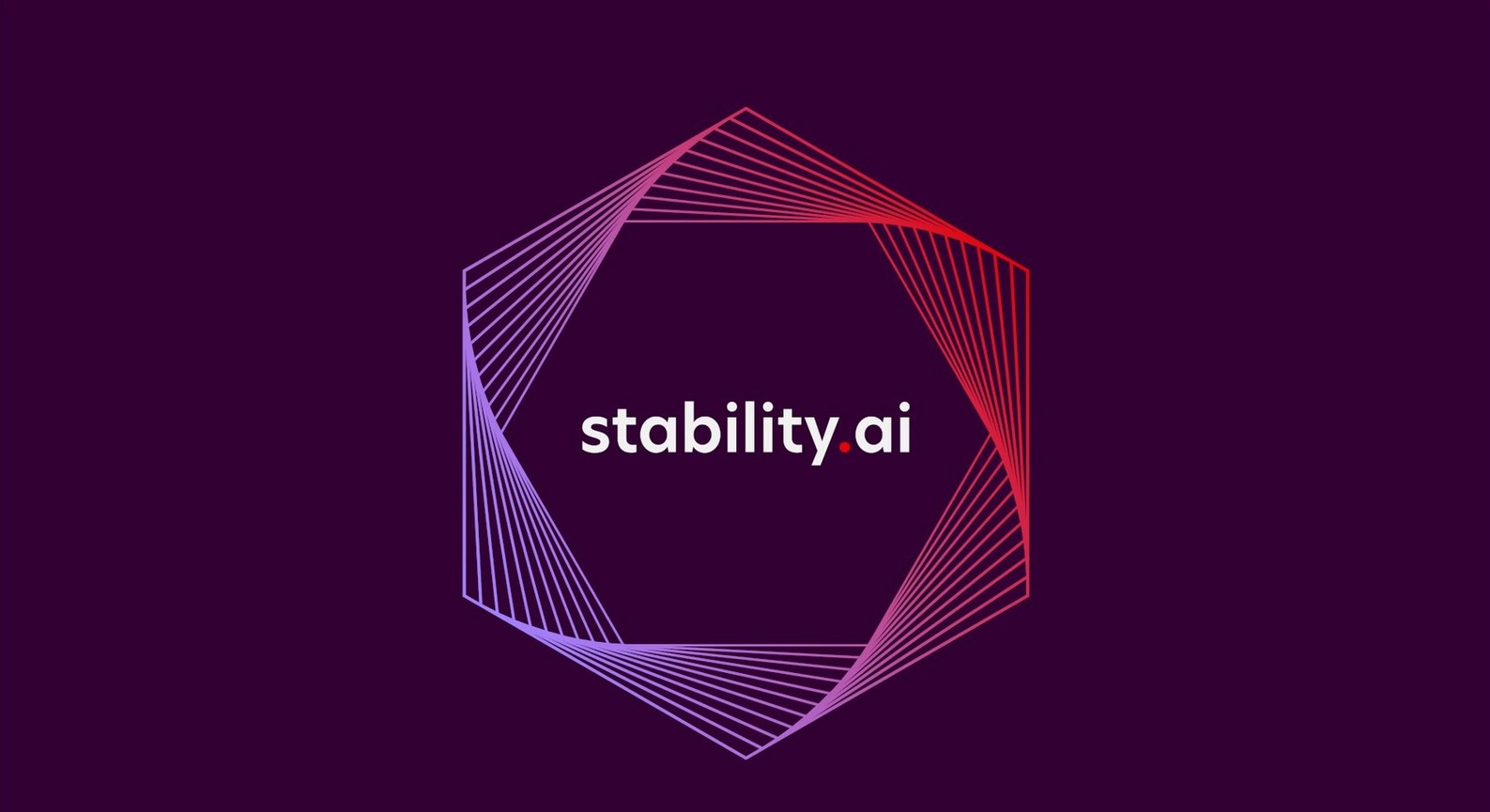Table of Contents
Who is behind Stability AI, and what problem is it solving?
Stability AI is an artificial intelligence company located in the San Francisco Bay Area, founded by a team of engineers and artists. Its goal is to create cutting-edge AI technology that can bring new and innovative solutions to a wide range of industries, such as art, film, video games, and more. The company is currently led by CEO and co-founder Craig Wiener, who aims to push the boundaries of what is possible with AI-generated content.
One of the main problems that Stability AI is trying to address is the democratization of AI-generated art. Currently, AI-generated art remains an exclusive niche that requires specialized knowledge and technical skills. Stability AI wants to make AI-generated art accessible to everyone, regardless of their artistic background or technical expertise.
What is Stable Diffusion, and how does it work?
Stable Diffusion is Stability AI’s flagship product, which is an open-source AI art generator that uses a generative adversarial network (GAN) to create high-resolution images based on text prompts. The AI algorithm behind Stable Diffusion is trained on a large dataset of images, which enables it to identify patterns and generate new images based on those patterns.
The process of generating an image using Stable Diffusion is straightforward. First, the user inputs a text prompt that describes the general theme or idea they want the AI to generate an image for. The AI then generates a set of candidate images based on the text prompt. The user can then select the most promising candidate and refine it further using a series of sliders and other image editing tools.
What are the ethics concerns related to AI-generated art that Stability AI produces?
AI-generated art raises a host of ethical questions that can impact both artists and the public. One major concern is the question of ownership and authorship. Who owns the copyright for AI-generated art? Is it the artist who created the text prompt that the AI used to generate the image, or is it the AI itself?
Another concern is the impact of AI-generated art on the job market for human artists. If AI-generated art becomes ubiquitous, will it replace the traditional art-making process and put human artists out of work? Will the art world and the general public accept AI-generated art as a legitimate art form?
How is Stability AI handling copyright issues related to its AI-generated art?
Stability AI is taking copyright concerns related to its AI-generated art seriously. The company has developed a set of guidelines for the use of Stable Diffusion, which includes advice on how to avoid copyright infringement. For instance, users should avoid using copyrighted images or text prompts that belong to other people.
However, the issue of copyright for AI-generated art is a new and complex area that is still being explored by legal experts. As such, Stability AI is actively collaborating with copyright experts to develop ethical guidelines that can help mitigate legal risks related to AI-generated art.
Can anyone use Stable Diffusion, or is it only available for professional artists?
Stable Diffusion is an open-source AI art generator that is available to anyone who wants to use it. The software is free to download and use, and there are no restrictions on who can use it. However, because Stable Diffusion is a complex AI algorithm that requires technical knowledge to operate, it may be more suited for professional artists or people who have experience working with AI-generated content.
How is Stability AI planning to democratize AI-generated art?
Stability AI’s mission is to democratize AI-generated art. To achieve its goal, the company is working on several initiatives that can help make AI-generated art accessible to everyone. One such initiative is the development of user-friendly AI-generated art tools that require no technical expertise to operate.
Moreover, the company is also collaborating with artists and educators to develop informative resources that can teach people how to use AI-generated art tools and integrate AI-generated content into their work. Through these initiatives, Stability AI hopes to help democratize AI-generated art and make it accessible to a broader audience.
What is the impact of Stability AI’s AI-generated art on the art world?
Stability AI’s AI-generated art has the potential to impact the art world in several ways. One significant way is the democratization of the art-making process. AI-generated art tools can make it easier for people to create art without years of training, which can lead to new voices and perspectives in the art world.
Another way that AI-generated art can impact the art world is by challenging traditional notions of authorship and ownership. Because AI-generated art is created using both human and AI inputs, it raises questions about who can claim ownership of the resulting art. Such questions can lead to new conversations and dialogues about the role of AI in the art world and how it may change the way we view art in the future.
In conclusion, Stability AI is a company that is pushing the boundaries of what is possible with AI-generated content. Through its flagship product, Stable Diffusion, the company is democratizing AI-generated art and making it accessible to everyone. While there are concerns related to the ethical implications of AI-generated art, Stability AI is actively working with legal experts to develop guidelines that can help mitigate these risks. Overall, the impact of Stability AI’s AI-generated art on the art world and society as a whole is a conversation that will continue to unfold in the coming years.

